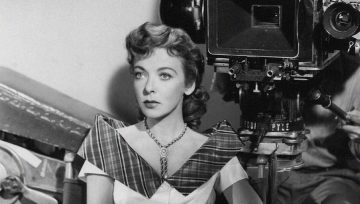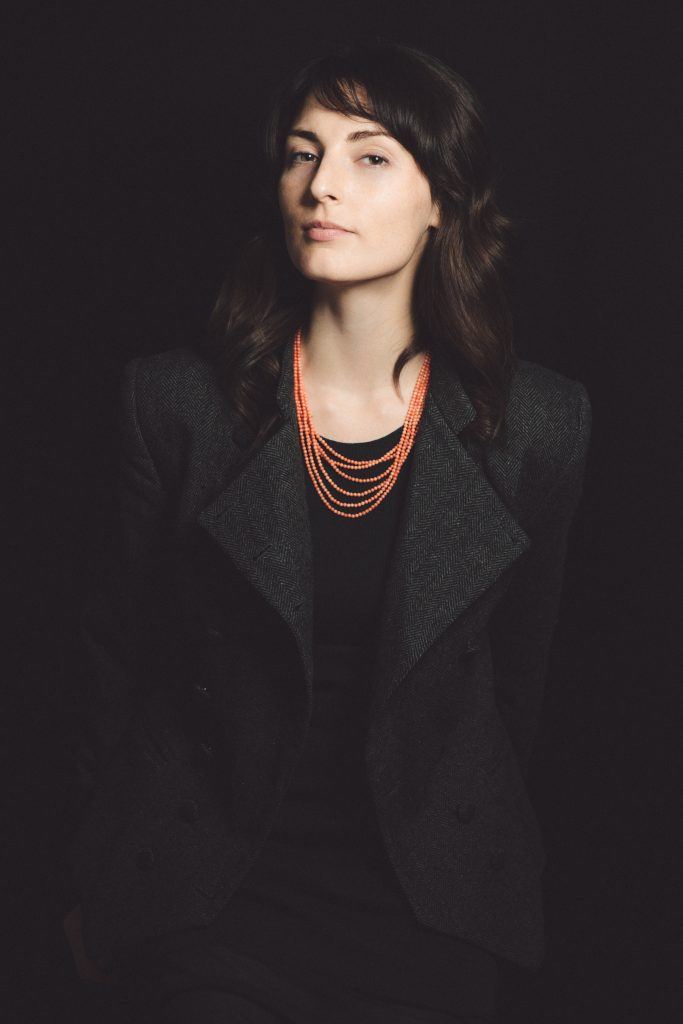by Shawn Crawford

A pioneer occasionally runs so far ahead of the culture the world forgets her contributions by the time they start to catch up. Such is the case with Ida Lupino, a woman so talented and visionary she practically invented the indie movie studio to achieve what she wanted.
If you remember Lupino at all, it’s probably as an actor. Originally from Italy, her family had entertained England for generations; her great-grandfather George provided background material to Charles Dickens for the theatrical family in Nicholas Nickelby. Lupino adored her father Stanley, an immensely successful musical comedian that would travel with his wife Connie to New York to perform on Broadway. Although she loved to write, her father insisted on her performing and had her schooled and trained to that end.
After appearing in some English films, Lupino traveled to Hollywood in 1933. Intelligent with a razor wit, the studios weren’t sure what to do with her and cast her in a series of comic films that did nothing to showcase her talent. She finally got a break appearing in The Light that Failed and then made two acclaimed pictures with Humphrey Bogart, They Drive by Night and High Sierra. Lupino developed a friendship with Bogart and got to witness first-hand the shouting matches between Bogie and his wife Mayo Methot. They christened their house Sluggy Hollow. Read more »

